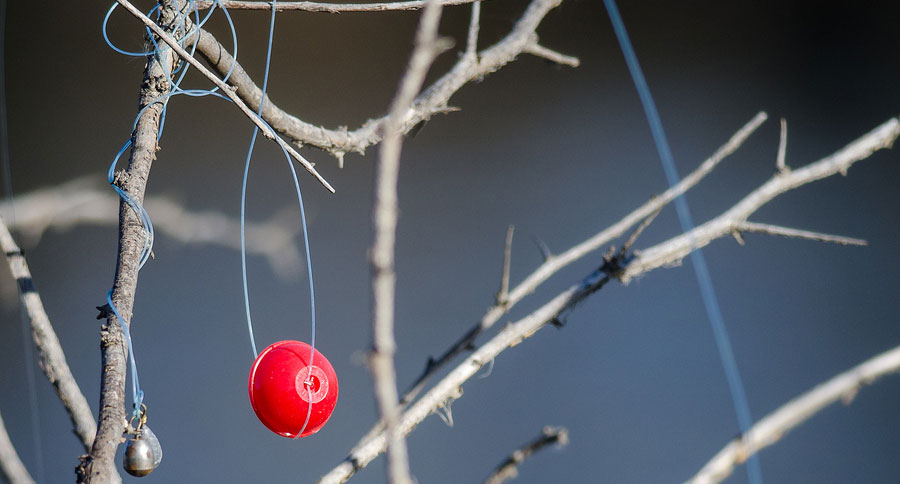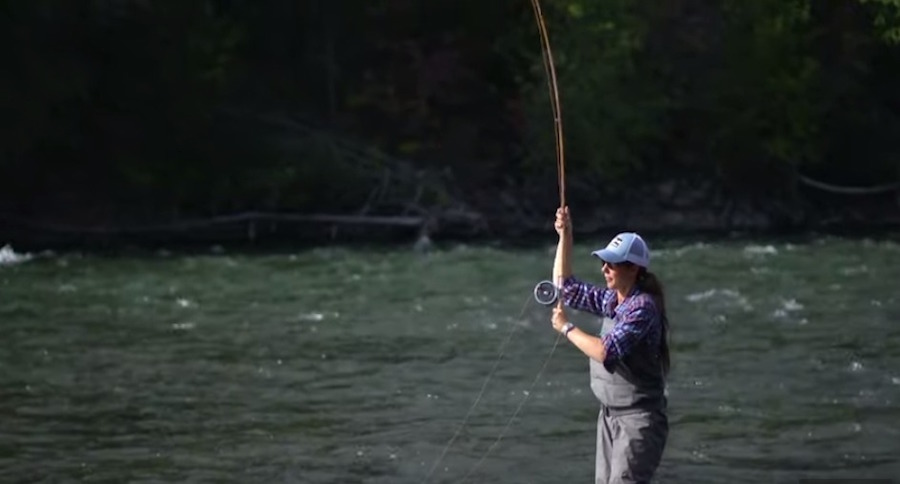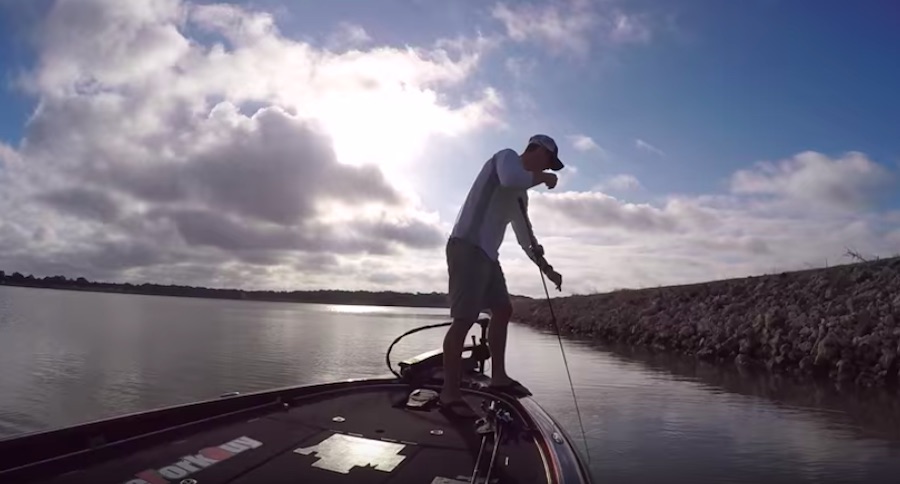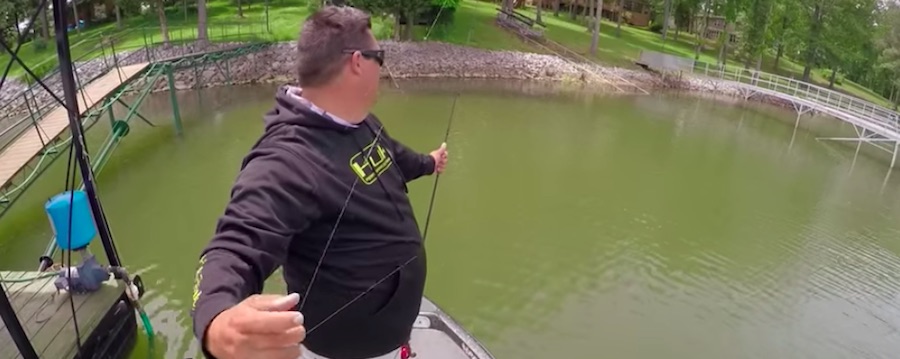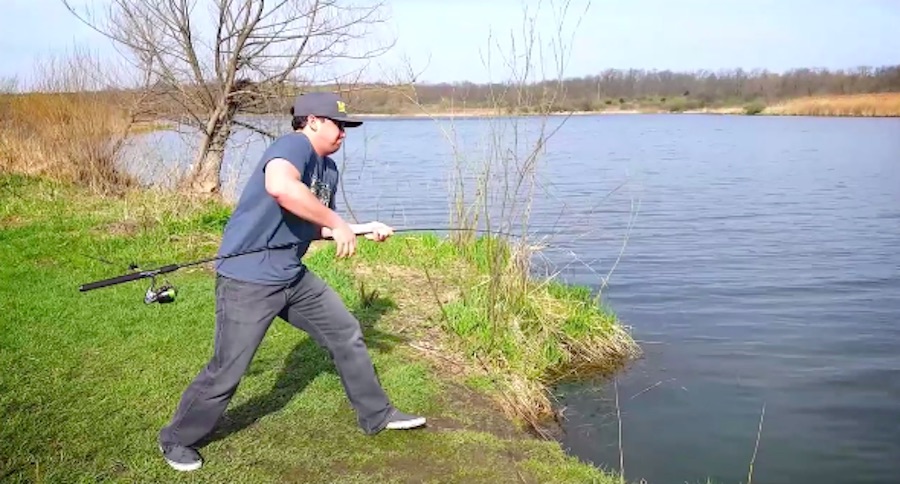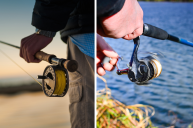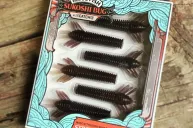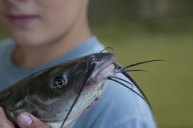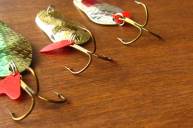There comes a point when you want to stop losing lures. Here are a few ways to get out of a snag.
Regardless of whether you were jigging, trolling, or whipping your favorite fly rod, you're all hung up. Sometimes even the best lure retriever won't get you your favorite lure back when you get hung up, so you'll have to begin to ask and answer some pertinent questions.
For instance: what kind of line are you using, and particularly, what are you snagged on? Are you using a snap swivel, a treble hook, or fishing in heavy cover? The latter questions are certainly easier to answer than the former, especially since we haven't really learned to see into the water all that well, despite having polarized sunglasses.
Bear in mind that many snags can be freed by simply relaxing and letting the line go slack. Current will often pull the slack enough for your favorite bass lure or fly to drop away from whatever is holding it.
Other times, however, you have to get creative. Here are a few ways to get out of a jam when you get snagged while fishing.
1. Roll Cast
For many stream and river fly fishermen, this basic casting technique can make all the difference. Raise your rod straight up, and keep your hands high. If you can, walk toward the direction of the snag as you roll cast giving the line a chance to reach the hung-up position and maximizing the lurch it will get, thereby freeing it.
2. The Big Reach
If you are in a boat or even a river and you can get yourself over the snag—within a rod's length of it—you can try reeling or sliding the rod tip down to the snag. This method will get the tip of the rod right to the business end of the snag.
Sometimes an angler can "catch" his or her own lure and pull it out of the trouble spot and sometimes the tip can used to push it away from the angler and out of danger. Be aware: this method is inherently dangerous to your prized fishing rod tip and may not be worth it.
3. Bow and Arrow
This method is also handy for the stream or brush angler who wants to reach a seemingly un-fishable spot by pinching the bait between the treble or the hook, bending the rod and using its whip to launch it.
The concept is the same: pull the line tight and then get the rod out of the way. Leave a reasonable amount of line behind the grip you have on the offending snag and then "twang" it like you were in your treestand. The lure then gets a snap of energy and hopefully frees itself. This works the best with modern braided lines.
4. The Calm Yo-Yo
If you're like me, you've done this a thousand times while bass fishing. You tossed your spinner or topwater (or whatever) over a tree limb. Sometimes, as you realize what's happening, you may pull back hard or even close the bail before it gets to that point, but if you time it wrong, you're really sunk.
Ripping or hard-pulling the bait will only wrap it worse and if it's too high, and you'll only get to see it up there every time you go back to that spot. Now is the time for calm thinking and an easy hand on your rod. If it's simply over a branch, wind it up slowly to almost touching and then let it mostly stop swinging.
It's at that point you have to gently flip it over the branch on the backswing with a gentle tug.
5. The Strong Arm
Consistently yanking, double the rod over, and stressing your gear to the maximum will rarely work. A better last-resort method is the basic point-and-pull where the fisherman straightens out the rod directly at the snag, cranks down the drag and pulls straight back towards himself.
This can be dangerous for the fact that a suddenly freed lure full of hooks could come out of the water at top speed, and right at your face. With the new age of braided lines, this can work to a T or cause some serious damage, the least of which could be a broken line, some straightened-out hooks on your favorite lure or worse, a damaged reel.
The key to getting to the root of a rotten snag is usually getting around to the opposite side that you are snagged from. The ability to pull from the other side is almost always the best bet, but as we all know, even that doesn't always work.
Good luck and happy fishing!
Looking for a little more? Follow my webpage, or on Facebook and Twitter.
NEXT: 43 HUNTING AND FISHING TERMS, AND THEIR (TONGUE-IN-CHEEK) MEANINGS
WATCH
